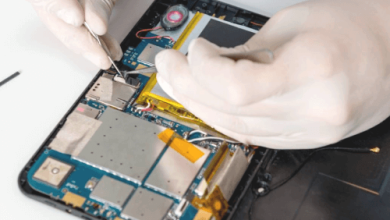Electric Cables Are Becoming Outdated In Future

Electric cables are becoming outdated in the future, as they cannot handle the high loads placed on them. Future technology may develop better alternatives, such as wireless networks and solar power. The global electric industry consists of six subsectors described below; each sector is organized by three distinct roles: supply, transmission and distribution (ST&D). These roles are further subdivided into lines of business. The global electric industry created 129 million jobs in 2007. This forecast will decline to 111 megawatts per year by 2035 due to a predicted workload increase for the downward trend shown since 2003 at 103 megawatts per year. The increase in demand for electric power will be 7% over the next 20 years. This will result in 117 megawatts per hour (MW/h) demand in 2025. This increases at an annual growth rate of 2%, reaching 1 429 600 MW/h in 2050.
Electric Cables Do Wear Out:
The biggest factor that affects cable wear is the load it has to carry. The harder the load, the more stress and strain are put on cables. This can cause them to prematurely wear out due to their materials not being able to take any more abuse. Additionally, environmental factors such as weathering or ultraviolet (UV) radiation also play a role in how long cables will last. Cables have a lifespan if you look at the amount of loading and strain it receives. The different parameters discussed above determine how long cables will last. Combining these four factors leads to wear out or affects each other somehow, which leads to premature cable failure. For cables to maintain their proper function, they require lubrication several times over their lifetime; this is necessary so that they do not become brittle with age and eventually break. As cables age, their loading increases over time, this leads to greater stress on the cable, and therefore it can no longer carry the same amount of load over time. Therefore it is necessary to get an electric cable from a verified Electric Cable Supplier that provides the best quality.
Which Type Of Wire Is Very Long Life?
Copper wire is the material of choice for long-life electrical cables. Therefore, this wire has high corrosion resistance and can last longer without lubrication than other materials. Additionally, it has good fatigue resistance to handle repeated loads without breaking down, as steel cables do. This makes it a great material for long-distance power lines because they are mostly moving through urban areas where even being near trees can result in the sawing of at least one. This is still an issue if these move into residential areas with houses or other tall structures that may fall over on top of the cable. To prevent damage from mechanical breakdown, copper wire has outer layers which contain metallic tape and several protective polymers layers. After each joint, the wire is wrapped in tape to cover its external surfaces. In addition, it contains several layers of insulation meant to prevent electrical shocks between two or more wires for high voltage lines that could result from mating cables together, causing major damage.
Can Cables Overheat?
The environment should be good to the cable’s specifications, or it can overheat. For example, a cable designed for indoor use may heat up quickly in direct sunlight and therefore be unable to carry the same amount of load as one intended for outdoor use. Additionally, cables placed near high powered equipment such as transformers or power plants can also overheat. This can be due to the increased electromagnetic radiation. To combat the issue of overheating, manufacturers often design and test cables in open-air environments with cooling devices that draw heat away from areas where they are located. The lightweight construction of most cables also allows for fast movement, making them useful in areas where traffic is a daily occurrence. For example, internet service providers often install these cable systems at large office campuses to provide high bandwidth connections between computers and servers located throughout the campus. To be protected from traffic, these lines run under sidewalks. However, as with any plastic tire, the system suffers wear along its length due to abrasion against the ground.




